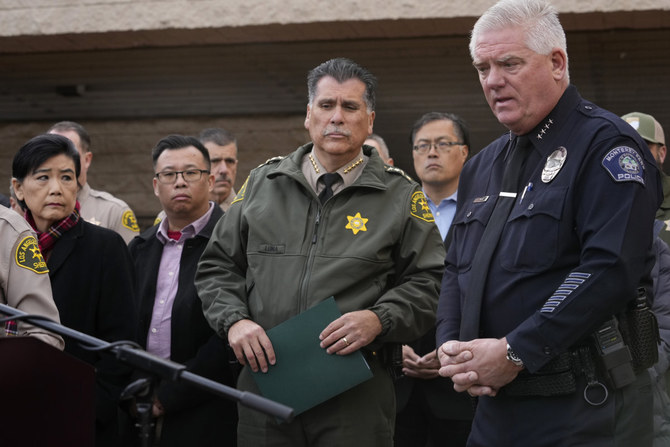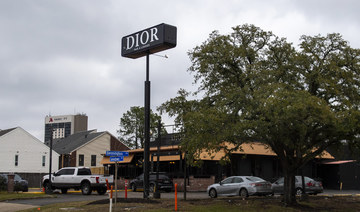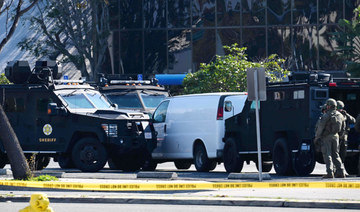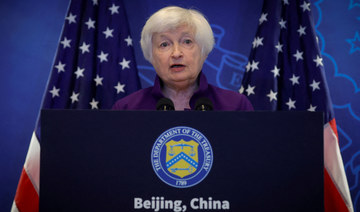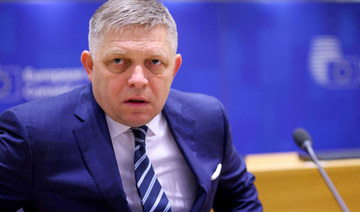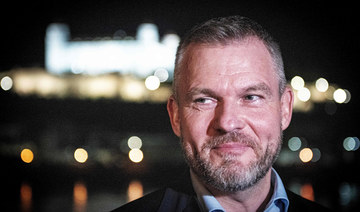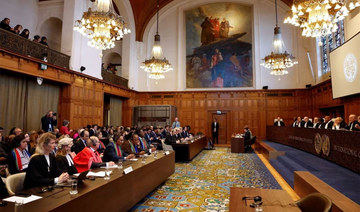MONTEREY PARK, California: The hunt for a gunman who killed 10 people at a Los Angeles-area ballroom dance club ended Sunday when authorities found him dead of a self-inflicted gunshot wound in the van he used to flee after people thwarted his attempt at a second shooting.
Los Angeles County Sheriff Robert Luna identified the man as 72-year-old Huu Can Tran and said no other suspects were at large. Speaking at an evening news conference, he added that the motive remained unclear for the attack, which wounded 10 more.
Luna did not have the exact ages of the victims but said they all appeared to be over 50. Seven of the wounded people remained in the hospital, he said.
The sheriff added that the suspect was carrying what he described as a semi-automatic pistol with an extended magazine, and a second handgun was discovered in the van where Tran was found dead.
Also speaking at the news conference, Congresswoman Judy Chu said she still has questions about the attack: “What was the motive for this shooter? Did he have a mental illness? Was he a domestic violence abuser? How did he gets these guns and was it through legal means or not?”
BACKGROUND
An Associated Press/USA Today database on mass killings in the US shows that 2022 was one of the nation’s worst years with 42 such attacks — the second-highest number since the creation of the tracker in 2006. The database defines a mass killing as four people killed, not including the perpetrator.
Earlier Sunday, law enforcement officials swarmed and entered the van after surrounding it for hours before going in. A person’s body appeared to be slumped over the wheel and was later removed from the vehicle.
Luna previously released photos of an Asian man who was believed to be the suspect.
The manhunt came after the gunman opened fire at the ballroom dance studio late Saturday amid Lunar New Years celebrations in the predominantly Asian American community of Monterey Park. He likely tried and failed to target a second dance hall, authorities said.
The van was found in Torrance, another community home to many Asian Americans, about 22 miles (34.5 kilometers) from that second location.
The shooting sent a wave of fear through Asian American communities in the Los Angeles area and cast a shadow over Lunar New Year festivities around the country. Other cities sent extra officers to watch over the celebrations.
“The community was in fear thinking that they should not go to any events because there was an active shooter,” Chu said, adding that she hopes residents now feel safe: “You are no longer in danger.”
Luna said the shooting at the Star Ballroom Dance Studio in Monterey Park left five women and five men dead and wounded another 10 people. Then 20 to 30 minutes later, a man with a gun entered the Lai Lai Ballroom in nearby Alhambra.
The suspect entered the Alhambra club with a gun, and people wrested the weapon away from him before he fled, Luna said.
Hours earlier, Luna said authorities were looking for a white van after witnesses reported seeing the suspect flee from Alhambra in such a vehicle.
Members of a SWAT team entered the van a short time later and looked through its contents before walking away.
The massacre was the nation’s fifth mass killing this month. It was also the deadliest attack since May 24, when 21 people were killed in an elementary school in Uvalde, Texas.
Monterey Park is a city of about 60,000 people on the eastern edge of Los Angeles and is composed mostly of Asian immigrants from China or first-generation Asian Americans. The shooting happened in the heart of its downtown where red lanterns decorated the streets for the Lunar New Year festivities. A police car was parked near a large banner that proclaimed “Happy Year of the Rabbit!”
The celebration in Monterey Park is one of California’s largest. Two days of festivities, which have been attended by as many as 100,000 people in past years, were planned. But officials canceled Sunday’s events following the shooting.
Tony Lai, 35, of Monterey Park was stunned when he came out for his early morning walk to learn that the noises he heard in the night were gunshots.
“I thought maybe it was fireworks. I thought maybe it had something to do with Lunar New Year,” he said. “And we don’t even get a lot of fireworks here. It’s weird to see this. It’s really safe here. We’re right in the middle of the city, but it’s really safe.”
Wynn Liaw, 57, who lives about two blocks from the Monterey Park studio, said she was shocked that such a crime would happen, especially during New Year’s celebrations.
“Chinese people, they consider Chinese New Year very, very special” — a time when “you don’t do anything that will bring bad luck the entire year,” she said.
She took a picture of the activity outside the studio to send to relatives and friends in China “to let them know how crazy the US is becoming with all these mass shootings, even in the New Year.”
An Associated Press/USA Today database on mass killings in the US shows that 2022 was one of the nation’s worst years with 42 such attacks — the second-highest number since the creation of the tracker in 2006. The database defines a mass killing as four people killed, not including the perpetrator.
The latest violence comes two months after five people were killed at a Colorado Springs nightclub.
President Joe Biden and Attorney General Merrick Garland were briefed on the situation, aides said. Biden said he and first lady Jill Biden were thinking of those killed and wounded, and he directed federal authorities to support the investigation.
The shooting occurred at Star Ballroom Dance Studio, a few blocks from city hall on Monterey Park’s main thoroughfare of Garvey Avenue, which is dotted with strip malls of small businesses whose signs are in both English and Chinese. Cantonese and Mandarin are both widely spoken, Chinese holidays are celebrated and Chinese films are screened regularly in the city.
The business offered dance lessons from tango to rumba to the fox trot, and rented its space for events. On Saturday, its website said, it was hosting an event called “Star Night” from 8 p.m. to 11:30 p.m.



